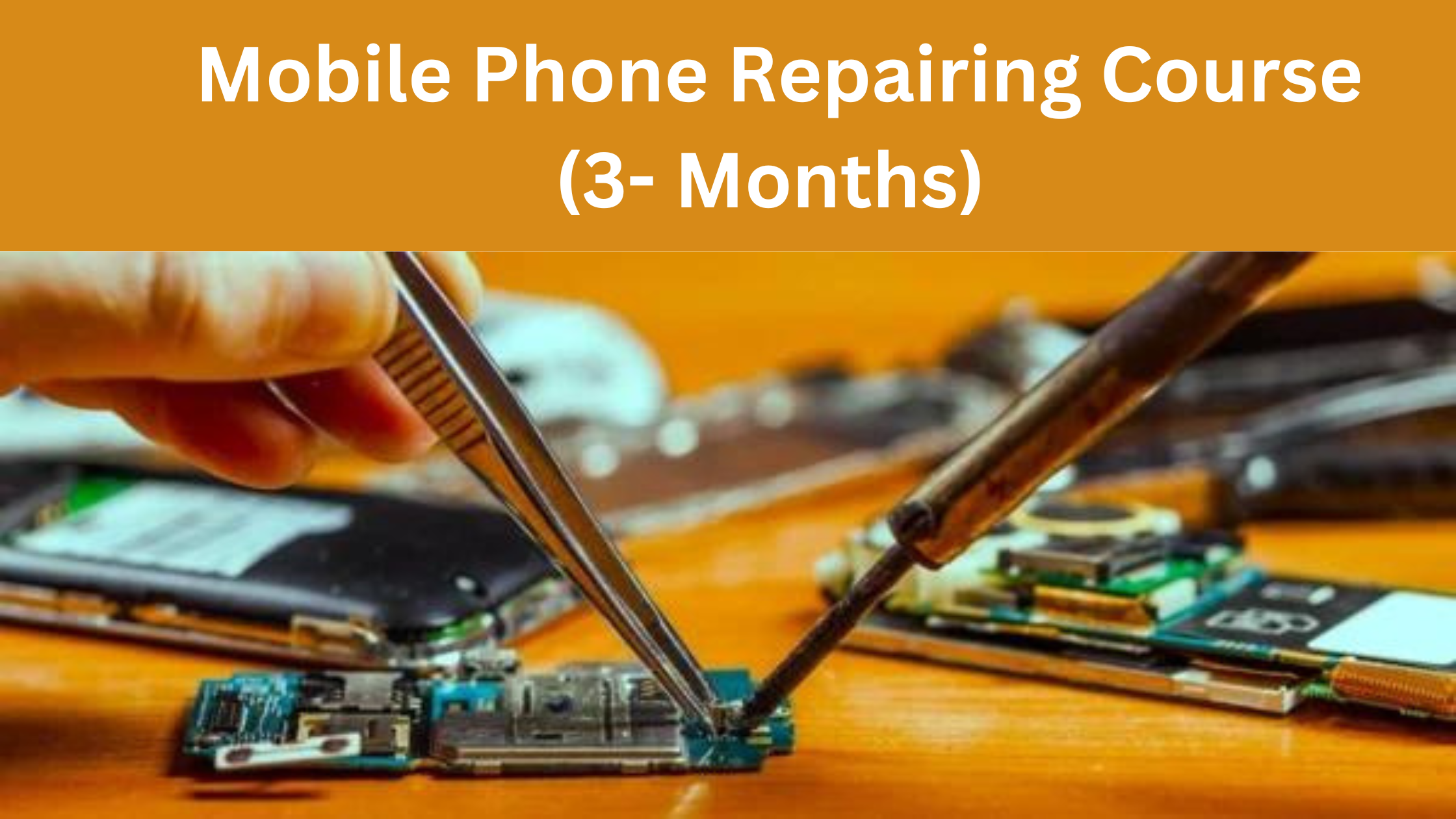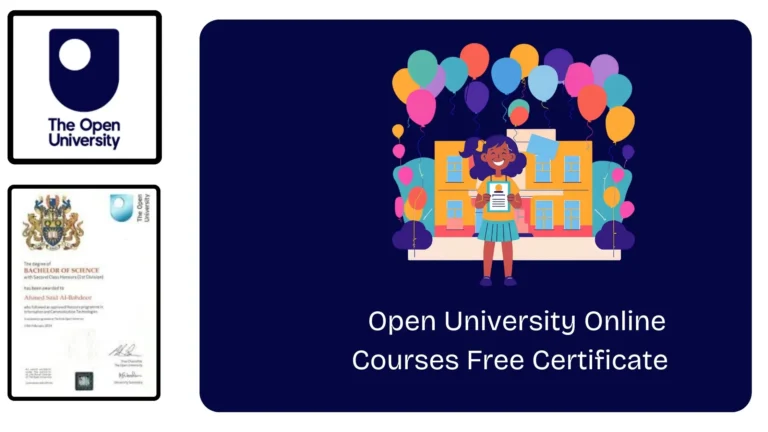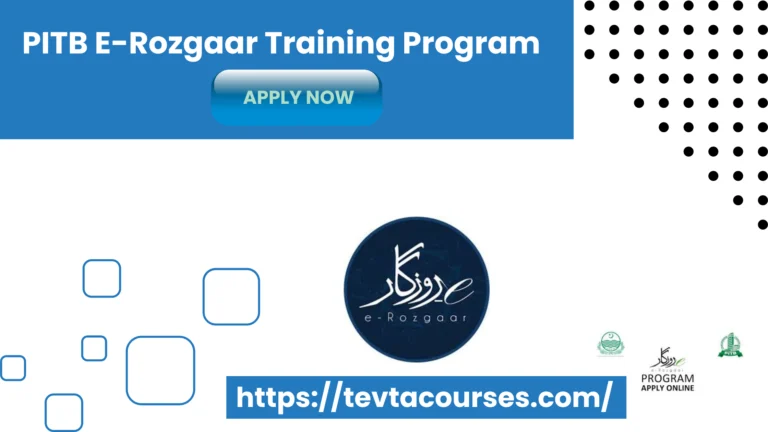Mobile Phone Repairing Course (3- Months)
Are you looking for Mobile Phone Repairing Course (3- Months) in 2025? This is the age of communication and the old ways of communication are becoming obsolete and new and modern ways are constantly replacing them. One such advanced communication is mobile. It has now become a necessity and has been enthusiastically adopted by people all over the world.
The modern masses cannot imagine life without the facility of being able to connect with their family and friends from anywhere at any time. can Due to its being a necessity, it is absorbing more people into it than any other sphere of life, now considering this fact, it is felt necessary to introduce some courses about mobile.
Repairing mobiles is one such course, to create skilled manpower who can repair mobiles to extend their life and make them more useful. This course of Mobile Phone Repairing Course (3- Months) duration covers the use of common hand tools, measuring instruments, communication systems, troubleshooting and repairing mobile phones, software troubleshooting and freely upgrading the software version of the handset. to meet the needs of the labor market.
Also see: Register Now on the TEVTA Web Portal!
Details About Mobile Phone Repairing Course (3- Months)
Name of the Course: Mobile Phone Repairing Entry Level:
- Diploma of Associate Engineer in Electronics / IT / Telecommunication
- OR G—Il Level Course in Electrician / Radio TV Electronics / Industrial Electronics / Industrial Instrumentation & Control Duration of Course: 3 — Months (12 weeks) Total Training Hours: 400 Hours Training Methodology: Practical 80%, Theory 20% Medium of Instruction: Urdu / English
SKILL PROFICIENCY DETAILS:
After successful completion of this course, trainees should be able to:
- Apply the safety rules & precautions.
- Describe the communication systems.
- Explain the basic information about computer applications.
- Describe the basic concepts of wireless communication systems.
- Define the wireless standards.
- Describe the information about multiple access & GSM.
- Express concepts about basic networks like traffic/signaling. M Card function and GSM Channel types etc.
- Express the repair of the mobiles.
- Describe the troubleshooting of the hardware & software.
- Describe the IMEI, unlock, sp lock, etc.
KNOWLEDGE PROFICIENCY DETAILS:
After successful completion of this course, trainees should be able to:
- Work according to general workshop rules & regulations.
- Use measuring instruments.
- Use different communication systems like radio transmitters, radio receivers & wireless communication, etc.
- Operate the computers.
- Operate different instruments like the microscope, hot air gun & soldering station, etc.
- Find out faults in mobiles & to repair them.
- Read the block diagrams of mobile sets.
- Troubleshoot different mobiles.
- Troubleshoot software problems.
- Repair IMEI.
- Unlock the sp lock.
- Upgrade software version of handsets.
Scheme of Studies for Mobile Phone Repairing Course
Mobile Phone Repairing (3-Month Course)
| No | Subjects | Theory (Hrs) | Practical (Hrs) | Total Hrs |
| 1 | Fundamentals of Mobile Telephony | 8 | 26 | 34 |
| 2 | Repair Methodology / Repair | 8 | 26 | 34 |
| 3 | Testing Method with Measuring | 8 | 28 | 36 |
| 4 | Trouble Shooting | 24 | 226 | 250 |
| 5 | IT Fundamentals | 4 | 16 | 20 |
| 6 | Functional English | 15 | 25 | 40 |
About Mobile Phone Repairing Course 3 month 2025
| No | Topic | Sub-topics |
| 1 | Fundamentals of Mobile Telephony | |
| Introduction to Wireless Communication System | Abbreviations of Communication Systems, Mobile Radio systems Around the world, Examples of wireless Communication Systems, Paging, Cordless Telephone system, Cellular Telephone Systems, Comparison of Common Wireless Communication Systems, Problems | |
| Multiplexing | Multiplexing Techniques Overview, Introduction to Multiplexing Technique, Frequency Division Multiplexing (FDM), Time Division Multiplexing (TDM) | |
| Multiple Access | Introduction to Multiple Access, Frequency Division Multiple Access (FDMA), Time Division Multiple Access (TDMA), Code Division Multiple Access (CDMA), Advanced Mobile Phones Service (AMPS) and European Total Access Communication System (ETACS) Overview | |
| Global System for Mobile (GSM) | GSM History, GSM Specifications, GSM Band Spectrum, GSM Benefits, Growth in Wireless Data, Mobile Data Technology Evolution, GPRS (General Packet Radio Services) | |
| Basic Network Overview | Traffic/signaling, Network overview, SIM-Card and mobile Equipment, SIM-Card Function, Mobile Identification, Trends in mobile Station, Services, Tele services, Supplementary Services, Intelligent Network Services, Cellular Principles, GSM Radio Subsystem, GSM Channel Types, Functions and Protocols | |
| 2 | Repair Methodology | Introduction to repair system for mobile phones, Handset repair, General Block diagram of mobile phones, Inspection procedure, Fault diagnoses procedure, Trouble Shooting procedure, Block diagram of mobile phones (Nokia, Sony-Ericsson, Siemens, Motorola, Samsung, Panasonic series) |
| 3 | Testing Method with Measuring Instruments | How to operate the Microscope, Hot air gun, Soldering station, Rework station, Soldering Lead, Soldering Paste, De-Soldering wire, Demonstration to Replace SMD, Exchange SMD Components, Repairing steps, Repairing Tips |
| 4 | Trouble Shooting | Basic of Trouble Shooting, How to Replace (Microphone, Antenna, Speaker, battery terminal, Pin, Vibrator, Charging IC, Filter cap, display, Transmitter) |
| Troubleshooting of Software Problems | Introduction of Software problem of a Handset, Introduction of requirements (Basic Knowledge), How to identify the software problem of different models of handsets, What is the cause of this problem, What is the effect of this problem, Cleaning Brush(Skills and Techniques), Repairing Steps, Repairing Tips, Demonstration, How to use the appropriate equipment and software for troubleshooting, Practice | |
| Trouble shooting of Nokia Series | Replacement of (Microphone, Antenna/Transmitter, Speaker, battery terminal, Pin, Vibrator, Charging IC, Filter cap, display) | |
| Trouble shooting of Sony Ericsson Series | Replacement of (Microphone, Antenna/Transmitter, Speaker, battery terminal, Pin, Vibrator, Charging IC, Filter cap, display) | |
| Trouble shooting of Samsung Series | Replacement of (Microphone, Antenna/Transmitter, Speaker, battery terminal, Pin, Vibrator, Charging IC, Filter cap, display) | |
| Trouble shooting of Siemens Series | Replacement of (Microphone, Antenna/Transmitter, Speaker, battery terminal, Pin, Vibrator, Charging IC, Filter cap, display) | |
| Trouble shooting of Panasonic Series | Replacement of (Microphone, Antenna/Transmitter, Speaker, battery terminal, Pin, Vibrator, Charging IC, Filter cap, display) | |
| Trouble shooting of Motorola Series | Replacement of (Microphone, Antenna/Transmitter, Speaker, battery terminal, Pin, Vibrator, Charging IC, Filter cap, display) | |
| 5 | IT Fundamentals | Computer Basics: Computer system components, Input/Output devices, Storage devices, Operating system, Application Software, Computer Languages, Viruses |
| Internet: Basic of Internet, Internet Browsing, Internet Surfing, E-mailing, Internet Search Engines | ||
| 6 | Functional English | Basic of Functional English: Usage of Dictionary, Construction of Sentences, Grammar, Vocabulary, Tenses, Translation from Urdu to English, Communication Skills, Spoken English, Conversation, Expressions, Parts of Speech |
Also see: Tevta AutoCAD course
List of Practicals for Mobile Phone Repairing Course 2025
- Interpreting schematic drawings of simple electrical circuits.
- The practice of loose wiring on the following circuit.
- Identify inductors, capacitors, transformers, vacuum tubes, transistors, and their symbols. Drawing of simple circuits using the symbols.
- Introduction of ammeter, voltmeter, wattmeter and multi-meter
- Measurement of current using an ammeter
- Measurement of voltage using a voltmeter
- Measurement of current, voltage, and resistance using multi-meter
- Verification of Ohm’s law.
- Keeping the voltage constant.
- Keeping the resistance constant.
- Verification of the laws of series and parallel combination of resistance by
- Ohmmeter method.
- Voltmeter — ammeter method.
- Verify Kirchhoff’s laws.
- Measurement of power.
- Voltmeter / Ammeter method.
- Wattmeter.
- The practice of resistor color-coding.
- Identify different types of capacitors and their color coding.
- Determine the capacitance by using a digital LCR meter
- Verify laws of combination of capacitors.
- Observe capacitor charging and discharging.
- Determine the inductance of a choke coil using an LCR meter
- Familiarization with various types of transformers used in an electric field
- Determine the voltage and current ratio of a transformer
- Identification of diodes, transistors (BJT & FET), and their electrodes.
- Identify various diodes, transistors, and ICs (number system and terminals).
- Checking of junction diode and constructing a bridge rectifier.
- Study number system of diode and transistor using data book.
- Assembling a full wave diode rectifier with a filter.
- Demonstrate the diode as a switch with LED as a load.
- Troubleshoot a faulty diode rectifier circuit.
- Assemble Zener diode as voltage regulator
- Assemble a power supply using an IC regulator
- Usage of oscilloscope
- Observing sine wave on an oscilloscope and determining its peak and peak-to-peak value
- RMS and the average value
- Wavelength, time, and frequency
- Draw the Circuit diagram of half / full wave rectifier
- Procedures of Booting.
- Booting DOS,
- Windows 3.X Boot Process,
- Windows 95/98/XP Booting Process.
- Configurations of Windows & adding Device Drivers.
- Disk scanning through Scandisk utility
- Identification of the elements of the Windows start-up screen.
- Identify icons, bars, and elements of Explorer windows.
- Use File Explorer to work with files and folders.
- Using Windows help.
- Running application programs under Windows.
- Introduction to DOS Commands.
- Installation of other peripheral devices.
- Identify different IC packages.
- Identification of TTL and CMOS families.
- Pin configuration of TTL, NOT, OR, AND, NOR, and NAND gates.
- Pin identification CMOS, NOT, OR, AND, NOR, NAND gates.
- Verification of truth tables two input / three input OR gate.
- Verification of truth tables two input / three input AND gate.
- Verification of truth tables NOT gate.
- Verification of truth tables two input / three input NOR gate.
- Verification of truth tables two input / three input NAND gate.
- Conversion of NAND/NOR gates into NOT, OR, AND gates.
- Development of OR and AND gate by using discrete components.
- Build XOR and XNOR circuits using basis gates.
- Functional English:
- Group discussion
- Interviews
- Roleplay
- IT Fundamentals:
- Turn On/Off and setting of power supply
- Accessing The Desktop
- Using of Icons and Shortcuts
- Setting/customizing the desktop
- Viewing the contents of the computer — Directory
- Copying, Deleting, and Moving Files in a folder
- Working with different Applications
- Opening MS Word for typing
- Typing Lessons: ASDF, JKL;, UIOP, REWQ, NM,., VCXZ, All letters using index fingers
- Formatting in MS Word Bold, Italic, etc.
- Using Internet
- Opening Email, making a new account
- Sending and Receiving Emails.
LIST OF LABS
Mobile Phone Repairing
- Mobile Repairing Lab
- Computer Lab
Developed by Curriculum Section, Academics Department TEVTA courses Date: Approved Sign: VO
LIST OF MACHINERY / EQUIPMENT / TOOLS
(For a class of 25 students)
- Surface mount device rework station – 5 Nos.
- Microscope – 2 Nos.
- Product-specific jigs for different brands – 2 Nos.
- GSM test set – 2 Nos.
- Universal antenna coupler with a complete base station – 2 Nos.
- Power supply digital – 10 Nos.
- Storage box – 200 Nos.
- Flash Programmer – 5 Nos.
- Universal battery tester – 10 Nos.
- Grounding station (EST / SMD) – 5 Nos.
- Soldering Iron – 25 Nos.
- BGA rework station – 25 Nos.
- SMD rework station – 10 Nos.
- Tool kits (for mobile repacking) – 25 Nos.
- Computer set P-IV – 10 Nos.
- RF Signal Generator 2000 MHZ – 2 Nos.
- Digital / Analog Multimeter – 10 Nos.
- Digital Oscilloscope – 2 Nos.
- Authenticator / Nokia software downloader – 25 Nos.
- Wood bench – 25 Nos.
- Est chairs – 2 Nos.
- Service station – 2 Nos.
- Hot air gun – 2 Nos.
Developed by Curriculum Section, Academics Department TEVTA Date: Approved Sign: VO
COMPUTER LAB
- Desktop computer (Specifications as per notification issued by MIS Section, TEVTA) – 1 for each student & 1 for the teacher
- Printer (Laser) – 01
- Scanner – 01
- Internet Connection (At least 1 MB speed) – 01
- UPS 10 KVA – 01
- Air Conditioner 1.5 Ton – 02
- Multimedia Projector – 01
Developed by Curriculum Section, Academics Department TEVTA Date: Approved Sign: VO
LIST OF CONSUMABLE MATERIAL
(For a class of 25 students)
- PVC Wire (Each 2 coils)
- Lamp 60w/200w (Each 6 Nos)
- Switch, socket, lamp holder (Each 25 Nos)
- Copper coated Sheet 4’x4’ – 5 Nos
- PVC Board 7″ x 4″ with plastic plate and hole for 2 switch, 1 socket, 1 multi-pin socket, and 1 lamp holder – 25 Nos
- Resistor (Different values) – 500 Nos
- Transformer 6V+6V, 220V input 3A – 10 Nos
- Capacitor 1000uf /65v, 100uf/35v, 47uf/35v (Each 50 Nos)
- Diode IN4004/4007 (Each 100 Nos)
- LED red, green, blue, and multi-color (Each 100 Nos)
- Huck up wire (flexible) – 5 coil
- Board marker – 2 dozen
- Permanent Marker fine Tip – 3 dozen
- Zener Diode 6V, 9V, 12V 2watt (Each 25 Nos)
- Transistor C828, C1383, A684, 2N3055 (Each 25 Nos)
- Variable Resistor 500 ohm and 1KΩ (Each 25 Nos)
- Etching material – 2 Kg
- Charging pin different model (for available mobile in stock) – 5 Nos each
- Antenna different model (for available mobile in stock) – 5 Nos each
- Microphone different model (for available mobile in stock) – 5 Nos each
- Speaker different model (for available mobile in stock) – 5 Nos each
- Motherboard different model (for available mobile in stock) – 5 Nos each
- LCD different model (for available mobile in stock) – 5 Nos each
- Board Gripper OR Jig different model (for available mobile in stock) – 5 Nos each
- Soldering wire – 5 Nos each
- Car phone charger different model (for available mobile in stock) – 5 Nos each
- Contact cleaner – 3 Nos
- De soldering paste (imported) – 2 tins big
- USB Charging cable different model (for available mobile in stock) – 5 Nos each
- Software with all accessories different model (for available mobile in stock) – 5 Nos each
- Screen protector different model (for available mobile in stock) – 5 Nos each
- Batteries different model (for available mobile in stock) – 5 Nos each
- Component storage box – 5 Nos each
- Screen protector different model (for available mobile in stock) – 5 Nos each
- Computer interfacing cables of different models (for available mobile in stock) – 5 Nos each
- Casing different model (for available mobile in stock) – 5 Nos each
Functional English
- Stationery: As per requirement
- Board Markers: As per requirement
IT Fundamentals
- Printing Paper: As per requirement
- Printer Toner: As per requirement
Developed by Curriculum Section, Academics Department TEVTA Date: Approved Sign: VO
EMPLOYABILITY OF PASSOUTS
The pass-outs of this course may find job/employment opportunities in the following sectors/areas:
- Mobile phone companies such as NOKIA, SONY ERICSSON, SAMSUNG, MOTOROLA, SIEMENS, and PANASONIC.
- NOKIA, SONY ERICSSON, SAMSUNG, MOTOROLA, SIEMENS, and PANASONIC customer service centers.
- Mobile phone repair workshops.
Developed by Curriculum Section, Academics Department TEVTA Date: Approved Sign: VO
REFERENCE BOOKS
This data includes labs, machinery, equipment, tools, consumables, employment information of course pass-outs, and some additional sections about the course content.
Minimum qualification requirements for teachers or instructors
Mobile Phone Repairing
- B.Sc. Engineering in a relevant field with 2 years of relevant experience
- DAE in a relevant field with 4 years of relevant experience
- 2 years Proficiency Certificate with 6 years of relevant experience
Functional English
- M.A. (English)
I.T. Fundamentals
- DAE CIT / BCS from an HEC-recognized university.
Click here to learn more about courses: Apply Now







